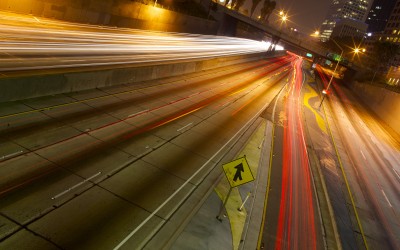Considering Time-Lapse Photography?
by Adam Krell
What makes it so powerful and when is it most appropriate to use? These are questions you need to consider before deciding if you want to use time-lapse photography.
What Is Time-Lapse Photography?
Time-lapse photography takes viewers on a journey. It’s a photography technique used to make movies with a stills camera. Each frame is captured at a slower speed than it will be played back, so the picture seems to be moving faster than it actually is. Therefore, time seems to be moving faster than it really is, hence the term “lapsing.”
Why Is It Powerful?
A photo can tell a story. A collection of photos can tell a broader story. It can capture action, even using still images.
When you speed up time, you bring a surreal quality to a project. Inconspicuous details can be noticed, and processes that would normally be ignored are brought to attention. Time-lapse photography can be used to tell a story about a place or something that happened in multiple places and even over years. It also helps us understand the world we live in. This technique presents the ordinary in an extraordinary way. It leaves viewers impressed and provides them with a unique outlook.
When Should It Be Used?
You’ve probably seen time-lapse photography used to depict plants growing. They are everywhere now: in advertising, in movies, on TV, on websites and even in taxi cabs. The videos are beautiful and contain a narrative. Mostly though, it’s a way to capture change.
You might take hundreds or thousands of photos and compress them into one film, along with music to bring it together.
Here are some other times it can be effective:
• Covering an event.
• Nature shots.
• Showing people in a city.
• Capturing traffic.
A Quick Overview
This technique has existed for a while. Eadweard Muybridge is the one who most likely originated time-lapse photography. The first use of it in a feature film occurred in 1897. Dr. John Ott popularized time lapse and his work is documented in a film called “Exploring the Spectrum.” Through his photography, he discovered that the movement of plants could be manipulated by varying the amount of water plants were given.
If you’re thinking time-lapse photography might be appropriate for your event or project, consider us. Our time-lapse photography department has experience working on short and long-term projects alike.
With a project requiring time-lapse photography, you only get one chance to get things right. That’s why it’s important to find someone with experience, someone like the experts at Aurora Coast. Contact us today for a free consultation.

